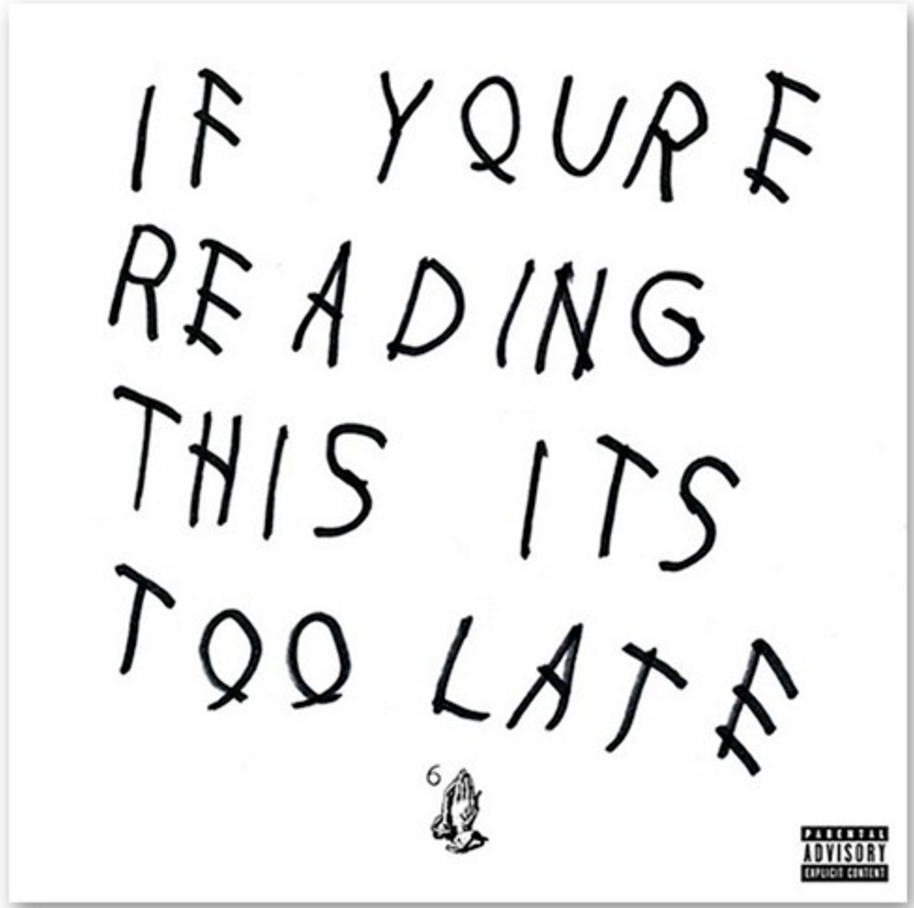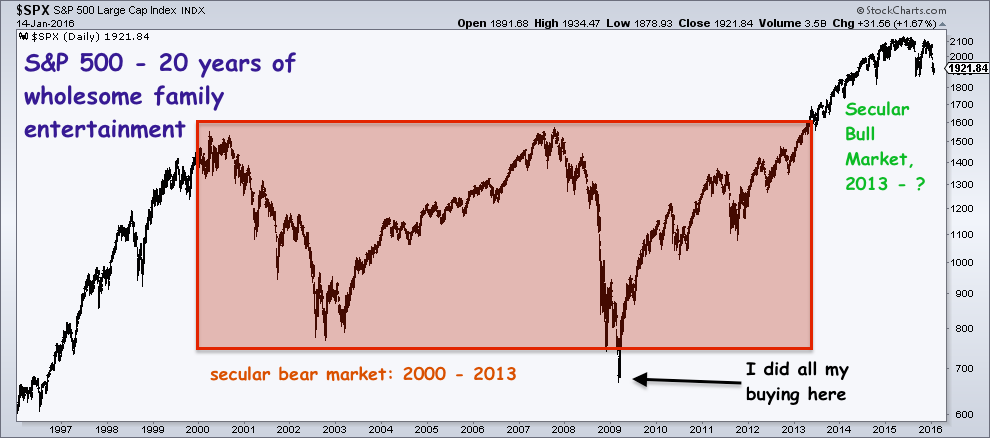Joshua Brown writes an important "Bear Market Survival Guide" for anyone trying to star in their own portfolio management adventure. (And yes, we're already in a bear market. And yes, if you haven't seen The Revenant, be careful not to read the italics in the Fortune article. )
Rules for the Revenant
Courtesy of Joshua Brown

How’s the correction treating you so far? I know it’s not fun. For a lot of areas in the markets, we’ve already gone beyond a correction and into the dreaded “bear market territory.”
But it’s not so bad. We’ll get through it.
In the meantime, I wrote up some rules for surviving the stock market’s version of The Revenant at Fortune Magazine. Hope this is helpful / entertaining. This title wasn’t mine, btw:
What Leonardo DiCaprio Can Teach You About Surviving The Bear Market (Fortune)
***

If you haven't already read Joshua's "If You’re Reading This It’s Not Too Late," read that too. Long excerpt:
I want to reiterate something I’ve said here many times: a cyclical bear market does not have to end in a crash nor does it have to be accompanied by a recession.
It’s possible, although rare, to have a mid-cycle bear after which the economy and stock market simply pick up the pieces and move forward. In 1984, with many oil companies going bust (sound familiar?), there was a peak-to-trough decline in the S&P 500 of 14.4% from the start of the year through the summer. There was a 19.9% decline in the summer of 1990 as markets were shocked by the Savings & Loan crisis and a 19.3% sell-off during the Asian currency crisis in the summer and fall of 1998.
In other words, cyclical bear markets can happen even during a powerful secularbull market. Not every cyclical bear results in “the next 1929.” Investors in the modern era do not have a lot of experience with these relatively benevolent plunges. The dot com bust of 2000 and the Great Financial Crisis of 2008 – both of which resulted in the halving of the S&P 500 and severe economic downturns – are more recent, hence they are the most tangible touchstones in our collective psyche. Here we go again…is the mentality, and with understandable reason. Who the f*** wants to go through that a third time?
My base case right now is that we are in a cyclical bear within the context of a larger secular bull that began in May 2013, when the S&P 500 finally broke above its 2000 and 2007 double-top. But I could be wrong, these things are fairly impossible to call in real-time anyway.

So what I’d like to emphasize is that you don’t have to go through this cyclical bear (or worse) unprepared. You can steel yourself against it mentally and protect yourself against it financially. If you’re reading this, it’s not too late.
I’ve written at length about the power of asset allocation in combatting a bear market. My September 2015 piece at Fortune on the topic was heckled because the headline deigned to use the term “bear market”, which brought out all the magazine indicator-worshipping kneejerk contrarians. I sure hope they didn’t bet against my comments using margin. I recommend reading it to get a sense of how a diversified portfolio can help investors get through whatever may be happening:
Are you ready for the next bear market? (Fortune)
Second, I would recommend investors ask themselves whether or not they are truly passive investors, or if they’ve just gotten themselves caught up in the Boglehead Zeitgeist of recent years. All things being equal, passivity is probably the most consistently rewarding strategy there is over decades, but life is not lived in decades, it is lived in days and weeks. The fact is, most investors cannot tolerate the full brunt of a bear market psychologically, and will end up doing the perfectly wrong thing at the most inopportune time. You will see how many newly-minted Vanguardians and robo-clients vomit up their equity portfolios toward the end of whatever this market episode becomes.
[…]
Lastly, I would remind you not to get overly pessimistic, no matter how badly the price action may look during any given day, week or month. Prices have a funny way of convincing investors that things can only get better or worse, before reversing sharply and making fools of those who become overly aggressive in either direction.
Remember that the woes of today lead to the gains of tomorrow. After all, Drake followed his early 2015 sacrifice record with another album of new tracks, entitled What a Time to Be Alive, which would debut at number one just like its predecessor. Complex Magazine named him The Greatest Rapper Alive of 2015, quite a turn of events considering how trapped he had felt when the year began.
It can always get better, in markets and in life. Keep your head up and get your portfolio in order – it’s not too late.



